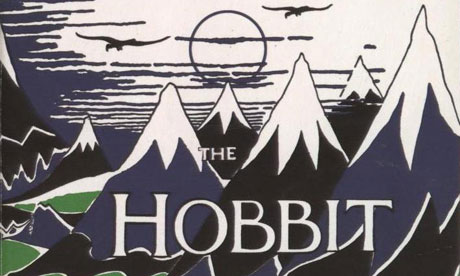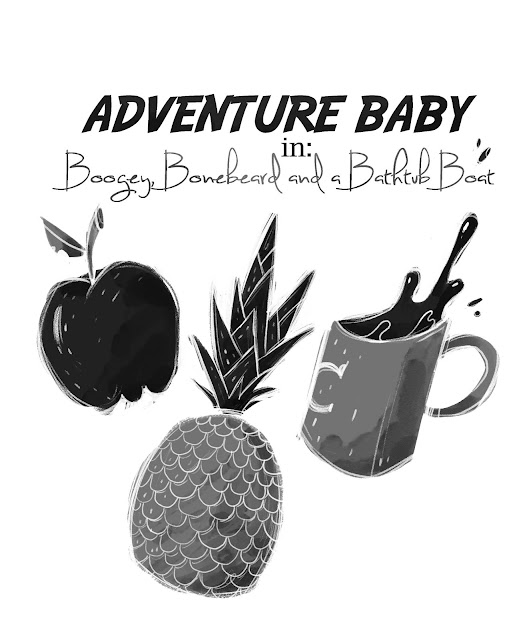The Vampire has evolved more than most creations and mythos throughout its existence.
He has gone from this:
(Nosferatu, 1922)
To this:
 (The Twilight Saga, 2008)
(The Twilight Saga, 2008)
Studying the evolution of the vampire, as I found in class today, is a great way to cross-reference our societal norms. Regardless of the time period, monsters such as the vampire have always been a reflection of our culture with respect to love and intimacy. In our reading for this week, we discussed Anne Rice's novel
Interview with the Vampire. I think the most prominent aspect of this novel with relation to the writing prompt was the overall sexual tones both in the action of sucking blood and in the interaction between Lestat and Louis. Anne Rice likens the vampire's tendencies to extract blood from their victims to a drug trip or an intimate sexual experience.
In many ways, I found this novel to be a bridge between the old and the new treatment of this gothic figure. Intimacy is at the root of this story, but what lies on the surface of it is how the intimacy is expressed. In the era of Nosferatu and the original Dracula, intimacy was physical and deep, expressed through emotion and dialogue (which is heavily conveyed in
Interview with the Vampire.) In today's culture, we view intimacy a bit shallower and tend to view it as merely physical, which would explain the success of novels such as
The Twilight Saga, where these "monsters" are given a much more appealing style, with an attitude and disposition that is more toned down and reserved (the shy guy in the corner.)
At the root of intimacy is tension, and that is what we saw today in class when we watched the film
A Girl Walks Home Alone at Night. The movie was a stunning and creative presentation of the vampire. The tension in this film was most obvious in the scene between Arash and the Vampire (who is a woman in this film.) When she pulls his head back and stares at his neck, there is tension both between the characters and in the audience. I found that the tension was a physical display of the intimacy between the two characters.
Whether they are bald with pointy ears, or blonde with a chiseled jaw, the vampire proves time and time again to be a reflection of our own culture and what we believe to be the true meaning behind intimacy.
 Hitchhiker's Guide to the Galaxy by Douglas Adams was far and wide my favorite thing about this semester. I loved listening to the radio broadcast and hear the characters come to life in front of me. The way the genre tropes were presented so comically made them clear to understand and discuss in class. I specifically enjoyed the opening of the broadcast, with the severe irony of the character's home being bulldozed, and then the Earth being bulldozed after it. After the first episode, I pondered on the creativity and original storytelling made use of in this story using science fiction as their framework. The story was great, and it got me excited to see the movie.
Hitchhiker's Guide to the Galaxy by Douglas Adams was far and wide my favorite thing about this semester. I loved listening to the radio broadcast and hear the characters come to life in front of me. The way the genre tropes were presented so comically made them clear to understand and discuss in class. I specifically enjoyed the opening of the broadcast, with the severe irony of the character's home being bulldozed, and then the Earth being bulldozed after it. After the first episode, I pondered on the creativity and original storytelling made use of in this story using science fiction as their framework. The story was great, and it got me excited to see the movie.

.jpg/220px-TheAnubisGates(1stEd).jpg)









